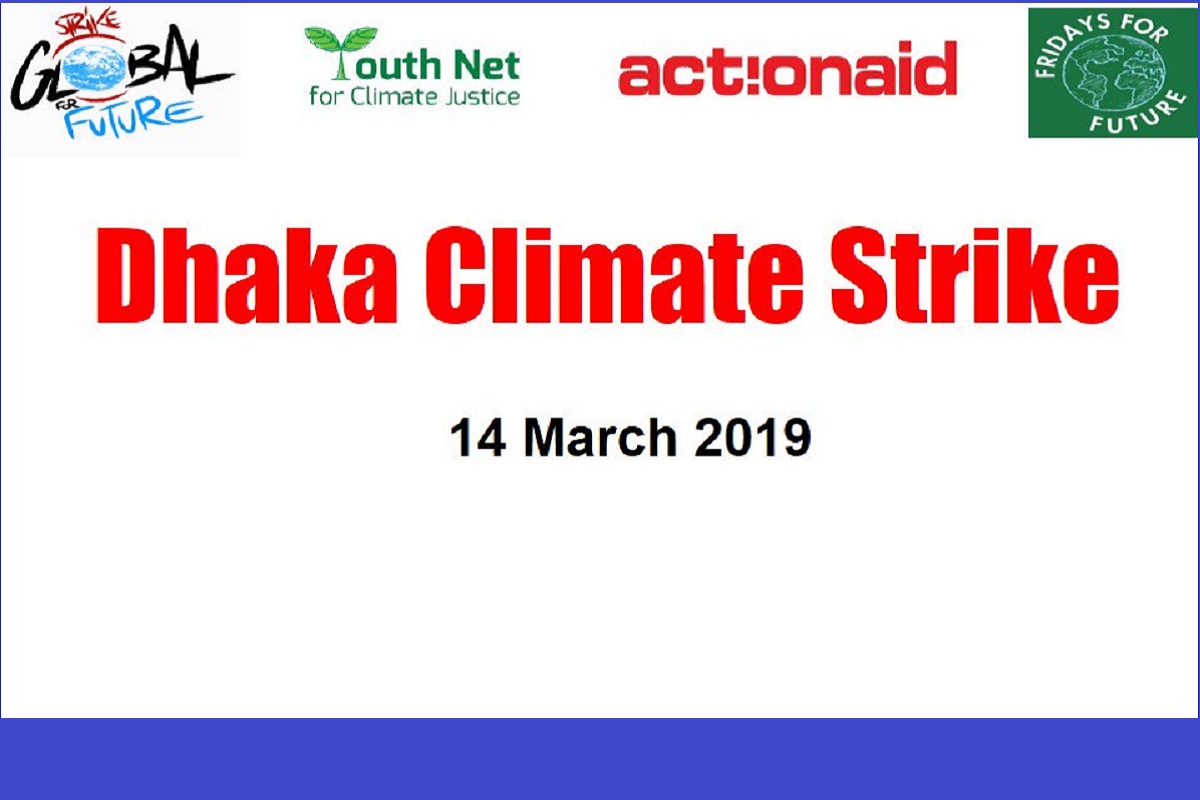Nothing gives greater cause for hope than the global movement featuring children striking school to protest non-action against climate change. ‘Fridays for Future’ is sending shock waves in many parts of the world by condemning adults’ for their callous disregard for the environment with such catastrophic consequences for the future of mankind. While children across the world are joining the movement, much to the chagrin of the paternalistic class, some dismissing the protest as cute and others deriding it as undisciplined, it has not quite caught on in India, where children are amongst the worst victims of environmental degradation. More than 1,000 strikes or related events across the world in 89 countries are culminating in a massive show on March 15, with children making their voices heard in at least 100 countries. One wonders if the Indian adult is interested because in this country it is the children’s job to study in schools (provided they are enrolled to begin with) and prepare themselves for a future in the world that is being ruined for them. This degradation in mindset is as acute as the degradation of the ecology, India’s National Territory Region leading from the front. The World Health Organization’s permissible level of annual particulate matter 2.5(PM2.5) concentration is 10 micrograms per cubic meter (?g/m3 annual mean). India’s is 40 micrograms per cubic meter, which is nothing short of a national crisis that needs to be battled on every front and not through half-hearted ‘missions’. Yet environment is not on the electoral agenda. Had it been, the country could have been cleansed in much the manner that China has addressed its pollution levels, once at an unimaginable high. A powerful action plan saw Beijing reducing PM2.5 levels from 89.5μg/m³ and bringing the annual average PM2.5 level of 58μg/m³; a 35 per cent drop. Beijing’s 2018-2020 ‘Three-year Action Plan for Winning the Blue Sky War’ should see levels drop by another 18 per cent, even without children prompting the action. Significantly, it needed a series of heat waves and wildfires in Sweden to galvanize a teenager, Greta Thunberg (16 this January), who called every child to action and start what is a revolution of sorts. That she had the wisdom to tell the Davos audience, which had invited her this year, that she was aware of her “entertainment” value to them is significant, as was the marked difference in the route that the teenager took; Greta travelled for 32 hours by train. Those setting the climate agenda arrived in 1,500 private jets. Hopefully, the Ides of March, when young climate strikers make their position felt in Australia, Europe and the USA, will assume a special significance for the conspiracy of polluters. Hopefully, Indian children will join in the chorus.
Advertisement











